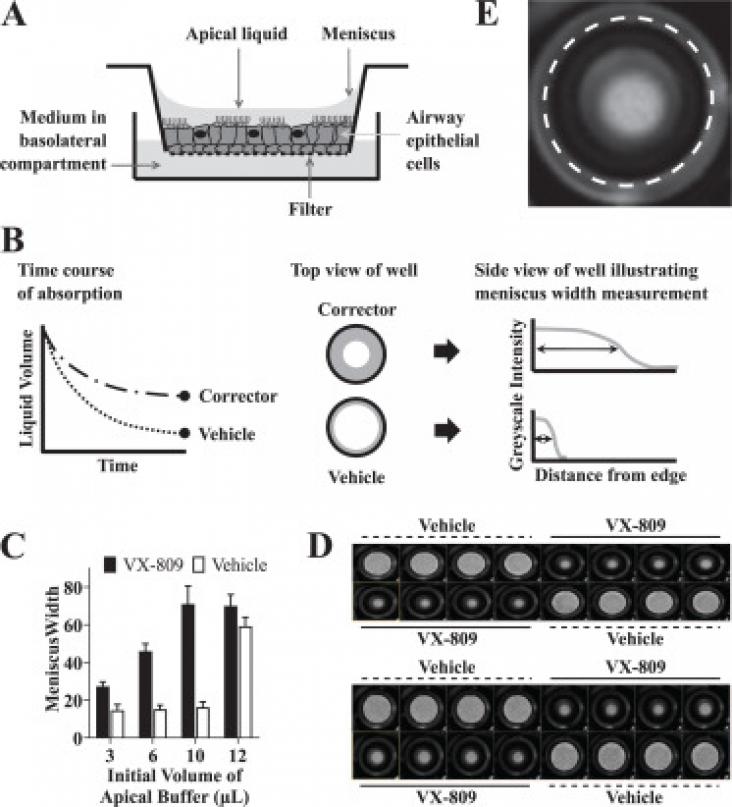This chapters focuses on the consequences mining on river contamination in Bolivia. An unintended consequence of mining has been widespread contamination of riverine environments by toxic trace metals and metalloids. (e.g., arsenic, antimony, cadmium, mercury, lead, and zinc). The type, magnitude, and extent of contamination differ significantly between the humid to hyperhumid tropical rainforests in the north and the semiarid, heavily impacted, rivers in the south.
This chapter analyses the complex influence of climate change on vector borne diseases. It is perhaps expected that climate change will be invoked as a major driving force. The actual effect, however, is highly site specific suggesting that other factors play an equally important role.
This chapter focusses on e-waste, encompassing various forms of electrical and electronic equipment that are old, end-of-life electronic appliances. E-waste poses severe health risks to the populations, especially fetuses and children; toxic exposure is involved in the etiology of both chronic/noncommunicable diseases and infectious diseases. The e-waste widespread and chronic exposure in receiver countries poses an actual public health emergency.
This review discusses established transgender individuals on hormones who have reached their desired post-pubertal phenotype.
The purpose of this study was to examine how innovative SDP organizations’ interactions with external stakeholders influence the social innovation process.
Background: Humanity's current use of resources is not in line with the goal of sustainable development. Climate change impact scenarios appear worryingly pessimistic.

Traumatic brain injury (TBI) is one the most common human afflictions, contributing to long-term disability in survivors.
The number of countries with a national development plan has more than doubled, from about 62 in 2006 to 134 in 2018.
This book chapter advances SDGs 3 and 10 by explaining how obesity is a significant health problem, especially among the people living in developed countries, which also has detrimental effects on the male urogenital system.

High-throughput screening for drug discovery is increasingly utilizing cellular systems of high physiological relevance, such as patient primary cells and organoid cultures. We used 3D-cultured cystic fibrosis patient bronchial epithelial cells to screen for new small-molecule correctors of the disease-causing F508del mutation in CFTR. Impaired mucociliary clearance due to insufficient airway hydration is a hallmark of cystic fibrosis and we used a simple measure of surface liquid levels to quantify F508del CFTR correction in cultured bronchial epithelial cells. Two robust assay formats were configured and used to screen more than 100,000 compounds as mixtures or individual compounds in 96-well format. The corrector discovery success rate, as measured by the number of hits confirmed by an electrophysiology assay on patient primary bronchial epithelial cells, was superior to screens in cell lines expressing recombinant F508del CFTR. Several novel corrector scaffolds were discovered that when combined with the clinical corrector VX-809 delivered combination responses greater than double that of VX-809 alone. This work exemplifies the advantages of a disease-relevant readout and 3D-cultured patient primary cells for the discovery of new drug candidates.
